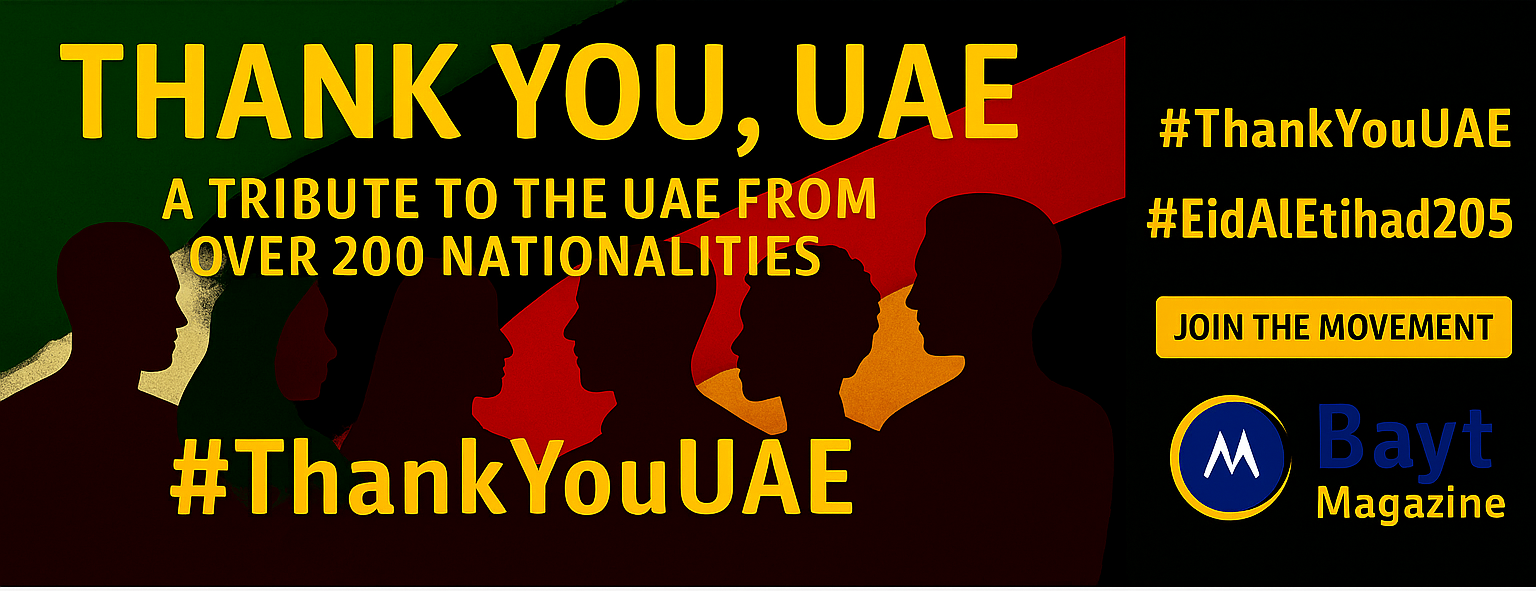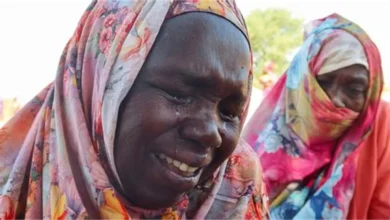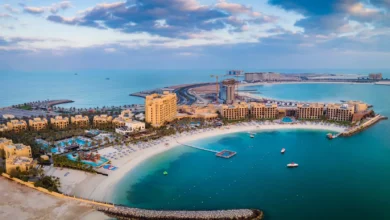
How Religion, Politics, and Culture Shape Modern Society
Religious demographics paint a fascinating picture of our modern society. Singapore has a vibrant Muslim population of 15%, while the United States shows just 1.1% Muslim representation. These numbers demonstrate how religion, politics, and culture blend differently in each nation.
The story goes deeper than just numbers. Recent studies show more people now identify as “spiritual but not religious.” Gallup’s research reveals a growing divide in religious beliefs between political parties. Religion and politics have evolved beyond their traditional roles, and some evangelical identities now lean more toward cultural-political expression than religious beliefs.
A detailed look at this topic shows how religious institutions help shape policies and affect voting patterns in different societies. Singapore strictly separates religion from politics, while the United States has complex faith-based political dynamics. These contrasts give us valuable lessons about modern power structures and their effect on social progress.
The Historical Interplay of Religion and Politics
“Those who believe that politics and religion do not mix, understand neither.” — Albert Einstein, Theoretical physicist
Religious authority and political power have shaped human societies throughout history. Ancient civilizations created patterns where religion and politics worked together. These patterns influenced how people were governed for thousands of years.
Ancient foundations of political-religious systems
Politics and religion became inseparable forces in early civilizations. Rulers in ancient Mesopotamia and Egypt claimed divine authority to make their power legitimate. Egyptian pharaohs presented themselves as living forms of the god Horus. This sacred authority gave them the right to rule. Chinese emperors ruled as “Sons of Heaven” with divine approval. These systems did more than just consolidate power. They created detailed frameworks that ordered society, affecting everything from laws and social hierarchies to art.
How religious institutions shaped early governance
Religious buildings became centers of economic activity, education, and political influence. Egypt’s Karnak temple served as a major hub where religious and political power came together. Religious beliefs helped unite people from different backgrounds within empires and city-states. Priests worked more as administrators than spiritual leaders. They took care of sanctuaries and performed rituals. These societies didn’t have sacred texts that told people how to behave. The state created ways to please supernatural beings, where priests performed proper rituals instead of explaining religious systems.
The emergence of secular politics
St. Augustine’s separation between the divine “City of God” and earthly “City of Man” marked the beginning of sacred and secular division in Europe. Luther rejected papal political authority while Calvin made religion a private matter. These changes pushed secularization forward. The Peace of Westphalia (1648) came after devastating religious wars. It created the foundations of modern nation-states and brought official religious tolerance. John Locke later supported a firm divide between personal faith and state affairs.
Key turning points in religion-politics separation
Major events sped up the separation of church and state. The Investiture Controversy between emperors and popes over bishop appointments substantially changed religious-political boundaries. The Protestant Reformation worked as both religious reform and political rebellion against Roman control. Many nations developed their own relationships between state and church. Rhode Island colony’s establishment marked another milestone. Its government focused only on civil matters and got its authority from citizens rather than divine mandate. The First Amendment to the U.S. Constitution made this separation official by banning the establishment of any state religion.
Modern Power Structures and Identity Politics
Religious identity and political affiliation have become deeply intertwined in today’s society. The growing prominence of identity-based politics signals a radical alteration in democratic systems worldwide.
How religious groups influence policy decisions
Most U.S. adults (73%) want religion to stay separate from government policies. Religious groups still manage to shape legislation through multiple channels despite this belief. The numbers tell an interesting story – 38% of Republicans support government policies that back religious values, while only 16% of Democrats share this view. Gallup research shows this partisan split mirrors a widening religiosity gap, as religious people tend to vote Republican more often.
The rise of identity politics in democratic systems
Identity politics has changed global politics dramatically. What started as a push for inclusion has sometimes led to exclusion and division. This change represents “the most important global political event since the fall of communism,” according to Francis Fukuyama. The focus has shifted from traditional rich-poor divisions to battles between social conservatism and liberalism. Groups that feel threatened or disrespected often retreat into tribal mindsets that create us-versus-them divisions.
Religious voting blocs and their impact
Religious affiliation helps predict how people vote:
- White evangelical Protestants line up with Republicans at 85%
- White Catholics back the Republican Party at 61%
- Jewish voters connect with Democrats at 69%
- Muslim voters choose Democrats at 66%
- Religiously unaffiliated voters prefer Democrats at 70%
Practicing Christians show up at polling stations more than other eligible voters, which gives them greater influence in elections.
Case studies: Religious influence in recent elections
Religious voters made a crucial difference in the 2024 presidential election. Christians made up 72% of the total voter turnout. The Republican candidate received support from 56% of these Christian voters, making up 78% of the Republican’s total votes. Christians based their voting decisions on party platforms (30%), religious faith (26%), and family members’ influence (16%). Faith played the biggest role for evangelical voters who identified theologically, driving 59% of their decisions.
Cultural Institutions as Mediators
“Nowhere is the tragic tendency to conform more evident than in the church, an institution that has often served to crystallize, conserve, and even bless the patterns of majority opinion. The erstwhile sanction by the church of slavery, racial segregation, war, and economic exploitation is testimony to the fact that the church has harkened more to the authority of the world than to the authority of God.” — Martin Luther King Jr., American civil rights leader
Cultural institutions serve as vital bridges between religious beliefs and political systems. They help mediate how these forces interact within society. Research shows that 47% of U.S. adults believe the media started religious references in campaign coverage. This highlights media’s most important role in shaping religion-politics discourse.
How media shapes religious-political narratives
Media outlets actively build narratives about religion’s role in politics. Americans have strong reactions to religious content on social media – 17% have unfollowed or blocked someone because of their religious posts. Media’s influence goes beyond its coverage. It actively shapes public attitudes toward different religious groups through agenda-setting and framing techniques. Christian media has grown rapidly since the 1990s. It now comments more on current events and influences wider cultural conversations.
Educational systems and religious values transmission
Educational institutions play a key role in passing religious values between generations. Studies show that removing compulsory religious education led to a 3 percentage point decrease in adult religiosity. Religious education’s impact extends beyond spiritual beliefs. One study revealed a 5.3% increase in earnings for people who received non-compulsory religious education. Many universities evolved from educational systems built by religious orders. This helps explain high education levels in Europe and America.
Arts and culture as religious expression platforms
Religious practice and artistic expression have always been connected throughout history. Religions employ various art forms to express spiritual concepts, from magnificent houses of worship to beautiful artifacts. These creative expressions reach beyond traditional settings. Culinary arts, fashion, and music all help express religious identity. Buddhist mandalas are a prime example – they guide practitioners toward enlightenment.
The role of technology in religious community building
Digital technology has reshaped religious practice completely. Technology plays a big role for highly religious Americans – 52% use apps or websites to read scripture, while 28% use it to help with prayer. Religious communities embrace technology differently:
- 41% of Black Americans use apps to read scripture
- 15% of evangelicals look up religious information online weekly
- 26% of historically Black Protestant church members follow their religious leaders online
Global Variations in Religion-Politics Dynamics
Religious and political relationships show striking differences in how governments are structured worldwide. Theocratic systems use religion as their source of political legitimacy. Secular models, however, keep religious authorities separate from government powers.
Western secular models versus theocratic systems
A secular state lets its citizens practice any religion without favoring one faith over another. This stands in sharp contrast to theocracies like Saudi Arabia. These nations enforce religious law through state power and may punish blasphemy and apostasy with death. Some countries fall between these extremes with state religions that tolerate minority faiths but don’t give them equal status.
Religion in authoritarian versus democratic contexts
Secularization theorists made predictions, but religion’s role in government legitimacy varies significantly. Authoritarian governments often control religion through support or restrictions. They either endorse it positively or limit it to control group actions. Democratic systems take a different approach. They let religious influence shape policy through voting and lawmaking.
Regional case studies: Middle East, Europe, Asia
The Middle East shows how sectarian identity shapes domestic politics more than international matters. Buddhist populations in Asia strongly support religious law. Cambodia (96%), Sri Lanka (80%), and Thailand (56%) want laws based on Buddhist dharma. Malaysia’s Muslims (86%) and Indonesia’s (nearly two-thirds) support sharia law. European Christian Democrats have changed their approach. They moved from religious roots toward secular “catch-all” parties.
Emerging hybrid models of religious-political governance
Modern political systems blend different governance traditions. Indonesia created a unique solution. They established supra-regional religious parties that keep religious identity while meeting national unity requirements. Nigeria developed its own approach. Their government combines multi-segmental composition with consociational parities. These mixed models show practical solutions for diverse societies. They balance religious identity with national unity effectively.
Religion’s influence on modern society runs deep, shaped by centuries of changing relationships between faith, governance and cultural systems. Ancient civilizations combined religious and political authority naturally. Today’s societies show different approaches that range from keeping them strictly separate to mixing them completely.
Religious beliefs and political identities are closely connected. This shows up clearly in voting patterns where faith substantially predicts which party people support. Cultural institutions serve as vital bridges between these forces. New technology has created fresh ways for religious expression and community building.
Different parts of the world handle this relationship in their own way. Western countries mostly keep religion and state separate. Middle Eastern nations often choose religious governance. Asian countries typically blend these approaches. These differences show how each society adjusts its religious-political balance based on its unique needs and culture.
The connection between religion, politics and culture keeps evolving as societies tackle new challenges. Learning about these relationships helps explain today’s social patterns and gives us clues about what’s ahead. Religion isn’t fading away – it’s changing shape and remains a powerful force that reshapes the scene in modern society’s political and cultural world.






